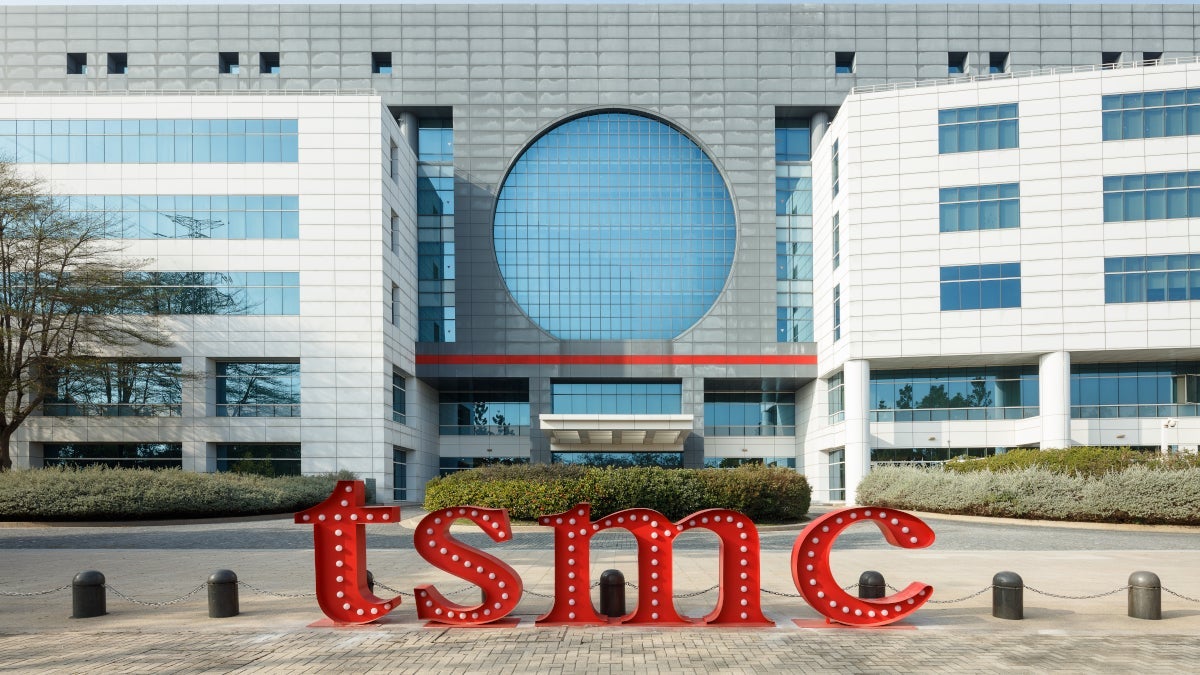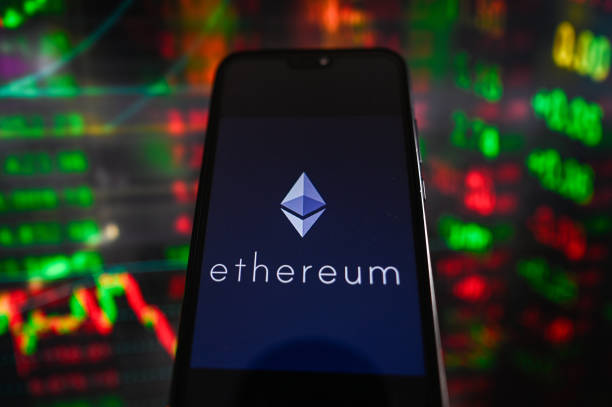Taiwan bans chip exports to Huawei and SMIC so that TSMC “Won’t get fooled again”
What is a chiplet?
First, let’s point out the difference between a chip and a chiplet. The difference is in the manufacturing process. With a chip, all parts are built on a single die using the same process node. As a result, even parts of a monolithic chip that don’t need to be built with the latest technology have to use it. A chiplet is an integrated circuit built using a modular process. Multiple smaller and independent chiplets are used, each one making up a particular part of a chip such as the CPU cores, GPU cores, memory controllers, I/O dies, AI accelerators, and specialized cache blocks.

TSMC unknowingly supplied chiplets to Huawei for its Ascend 910B AI accelerator chip. | Image credit-Huawei
Because TSMC uses American technology to produce integrated circuits, it is already banned from shipping cutting-edge silicon to Huawei and SMIC without obtaining a U.S. Commerce Department license under U.S. export laws. The U.S. sanctions alone have been enough to force Huawei and SMIC to turn to costly and less precise manufacturing methods such as multiple patterning using older lithography technology in an attempt to close the gap between TSMC’s cutting-edge silicon components and those made by SMIC.
Had TSMC known who the customer really was, it most likely would have followed the U.S. sanctions and not sold the chiplets to the shell companies. With the new rules in place, both Huawei and SMIC will need to obtain export permits from Taiwan-based suppliers to receive manufactured products. This should give the Taiwan government more control over transactions TSMC makes with the two Chinese companies and prevent the foundry from getting scammed again by Huawei and SMIC.
Did the U.S. play a part in Taiwan’s new chip restrictions to Huawei and SMIC?
Taiwan, more than any other country, fears the weaponization of advanced chips by China. There is always the concern that because China believes in the “One-China Principle,” Taiwan could be attacked by the country under the goal of reunification. The People’s Republic of China (PRC) has not renounced the use of force to achieve this and that means that cutting-edge chips obtained by Huawei could be used to build weapons used against Taiwan.
Additionally, with the PRC wanting to be self-sufficient manufacturing chips, an attack on Taiwan would allow China to take control of TSMC. The foundry has plans to make it difficult for the PRC to take control of the fabs and other equipment used to manufacture chips in the event of an attack.
There is speculation that Taiwan’s decision to ban chip exports to Huawei and SMIC was the result of negotiations between the U.S. and Taiwan over the potential $1 billion+ fine that
TSMC faced from the U.S. for shipping the chiplets to Huawei. But as we pointed out, TSMC was deceived by Huawei and having imposed its own ban on shipments to Huawei and SMIC, Taiwan and the U.S. are now on the same page.






